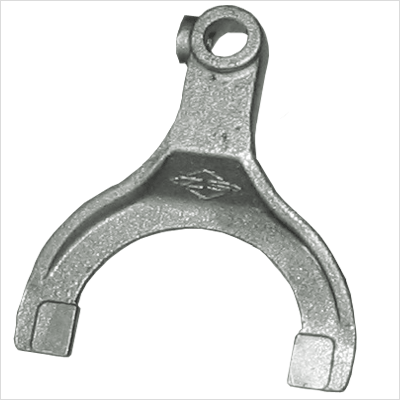Classification of Rolling Bearings
Rolling bearings are essential components in mechanical systems, designed to reduce friction and support loads. Understanding their classification helps in selecting the right bearing for specific applications. Bearings can be categorized based on several factors, including the type of load they carry, the shape of the rolling elements, and their design features. **1. Classification by Load Direction or Nominal Contact Angle** - **Radial Bearings**: These are designed primarily for radial loads, with a nominal contact angle ranging from 0° to 45°. They include: - **Radial Contact Bearings**: With a contact angle of 0°. - **Angular Contact Radial Bearings**: With a contact angle greater than 0° but less than 45°. - **Thrust Bearings**: Used for axial loads, with a nominal contact angle between 45° and 90°. They include: - **Axial Contact Bearings**: With a contact angle of exactly 90°. - **Angular Contact Thrust Bearings**: With a contact angle between 45° and 90°. **2. Classification by Rolling Element Type** - **Ball Bearings**: Use balls as the rolling elements, offering low friction and high-speed capabilities. - **Roller Bearings**: Use rollers instead of balls. These are further divided into: - **Cylindrical Roller Bearings**: Rollers are cylindrical, with a length-to-diameter ratio of ≤3. - **Needle Bearings**: Rollers are long and thin, with a length-to-diameter ratio >3 but diameter ≤5mm. - **Tapered Roller Bearings**: Rollers are tapered, suitable for combined radial and axial loads. - **Spherical Roller Bearings**: Rollers are spherical, allowing for self-alignment. **3. Classification by Adjustability** - **Self-Aligning Bearings**: Feature a spherical raceway that allows for misalignment between the inner and outer rings. - **Non-Aligning (Rigid) Bearings**: Cannot accommodate angular misalignment and are more rigid in design. **4. Classification by Number of Rolling Element Rows** - **Single Row Bearings**: Contain one row of rolling elements. - **Double Row Bearings**: Have two rows of rolling elements for increased load capacity. - **Multi-Row Bearings**: Include three or more rows, such as three-row or four-row bearings, used in heavy-duty applications. **5. Classification by Separability** - **Separable Bearings**: Can be disassembled into individual components. - **Non-Separable Bearings**: Cannot be separated once assembled, typically requiring special tools for removal. **6. Classification by Design Features** Bearings can also be classified based on their structural layout, such as whether they have a cage, fill groove, or the shape of the inner and outer rings. This includes variations like single- or double-sealed bearings, open or closed designs, and different types of ribs or cages. **2. Classification by Size** Bearings are also categorized by their outer diameter: - **Miniature Bearings**: Outer diameter ≤26 mm. - **Small Bearings**: Outer diameter 28–55 mm. - **Small to Medium Bearings**: Outer diameter 60–115 mm. - **Medium to Large Bearings**: Outer diameter 120–190 mm. - **Large Bearings**: Outer diameter 200–430 mm. - **Extra Large Bearings**: Outer diameter ≥440 mm. Understanding these classifications helps engineers and technicians choose the most appropriate bearing for their application, ensuring optimal performance, longevity, and reliability.
Bearing Related Knowledge
How to store bearings?
The application of the expansion process in the production of SKF bearing rings
The influence of cleanliness on INA bearings.
Analyze the faulty appearance of rolling bearings and the reason for the ultimate axial bearing capacity.
This article is linked to http://
Please refer to China Bearing Network at http://
Previous: Beware of the top ten factors that prevent the life of tires.
Next: Sealed storage of angular contact ball bearings.
Shift fork normally applied in the transmissions, its function is help to slide gears into or out of engagement with other gears in order to change from one gear ratio to another in a manual transmission.
QFAP supply various kinds of shift forks to all over the world, main of our customers are digger/excavators manufacturers, lawn mower manufacturers, truck transmission factories and construction machinery companies.

Materials: carbon steel castings, stainless steel castings, alloys steel castings, aluminum die castings, forging steel castings, etc.
Surface treatment: painting, zinc plating, passivation, nickel plating, anodizing, polishing, etc.
Heat treatment: according to customer`s requirement.
QFAP have specialized in producing high precision Agriculture Parts more than 10years, Because of the long term cooperation, we could supply our customers not only the products but also our recommendation on the designs to saving costs.
Shift Fork,Shift Fork Gear,Transmission Shift Fork,Reverse Shift Fork
SHAOXING QIFENG AUTO PARTS CO., LTD. , https://www.sxqfap.com